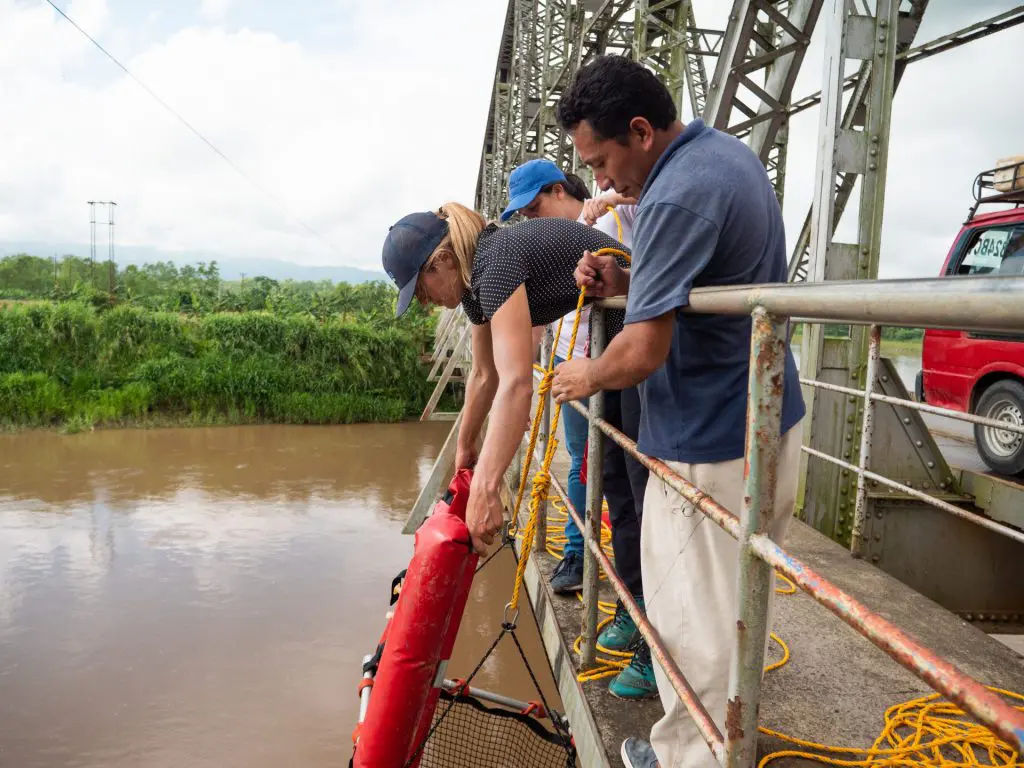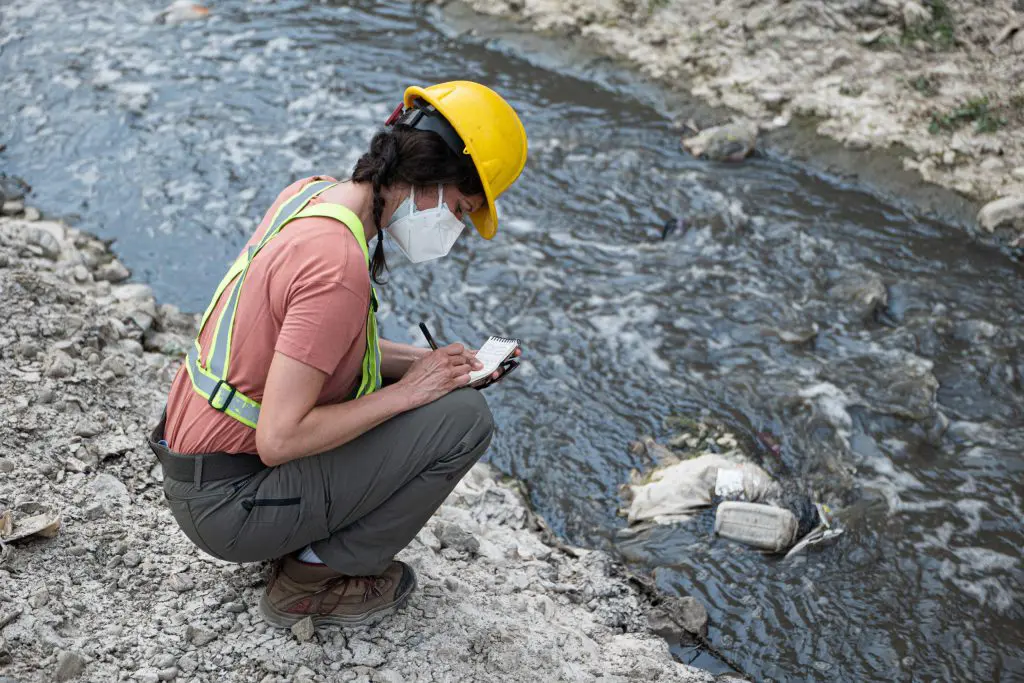The vast bulk of plastic pollution in our oceans is delivered by an estimated 1 000 rivers worldwide, according to a new study by Wageningen University, Delft University of Technology, Utrecht University of the Netherlands and the German Helmholtz Centre for Environmental Research.
The study, presented by The Ocean Cleanup, a non-profit organisation developing advanced technologies to oceans of plastic, provides more insight on where and how much plastic flows into the oceans via rivers.
The scientists, writing in the journal Science Advances, say that new measurements and modelling show the 1 000 rivers are responsible for almost 80% of plastic emissions. This is 100 times greater than the 10 rivers that were previously thought to carry most of the pollution.
Change in emphasis

These findings indicate that small and medium-sized rivers play a much bigger role than previously thought, the contribution defined by a set of geographic factors that determine the highest contribution to the inflow of plastic into our oceans.
‘While the plastic problem may seem daunting in scale, this updated understanding of where plastic becomes ocean plastic will allow for a much more targeted intervention,’ comments The Ocean Cleanup’s founder and ceo Boyan Slat. ‘As we see huge differences in pollution levels across the globe, these results could help to rapidly increase the speed of solving the problem. We will use this new data as a guide for our own clean-up activities and we hope others will too.’
The more rainfall, the greater the pollution

The study also marks a shift in understanding about which rivers emit more plastic. While previous studies ranked the largest rivers as the biggest contributors to the problem, the centre of gravity has shifted to smaller rivers that flow through coastal cities in emerging economies.
For example, the study shows that tropical islands are highly susceptible because of their abundant rainfall; the short distances from the source of the litter to a river (of which islands tend to have many); and much shorter distances to the ocean than with major continental waterways.
These new factors lead to concentrations of river plastic pollution in countries such as the Philippines, Indonesia, Malaysia, Dominican Republic and throughout Central America. Large continental countries such as China and India remain high on the list.
Distance is a factor

For the same reasons, regions with a relatively low probability of becoming problem areas are land-locked countries, arid areas with little wind or covered by forests. Low levels of pollution are likely because of the much longer distances that the plastic has to cover with increased chances of the trash being trapped on the way, combined with a limited driving force through slower moving rivers. Examples of lower polluting regions are central Africa and western China.
Don't hesitate to contact us to share your input and ideas. Subscribe to the magazine or (free) newsletter.



